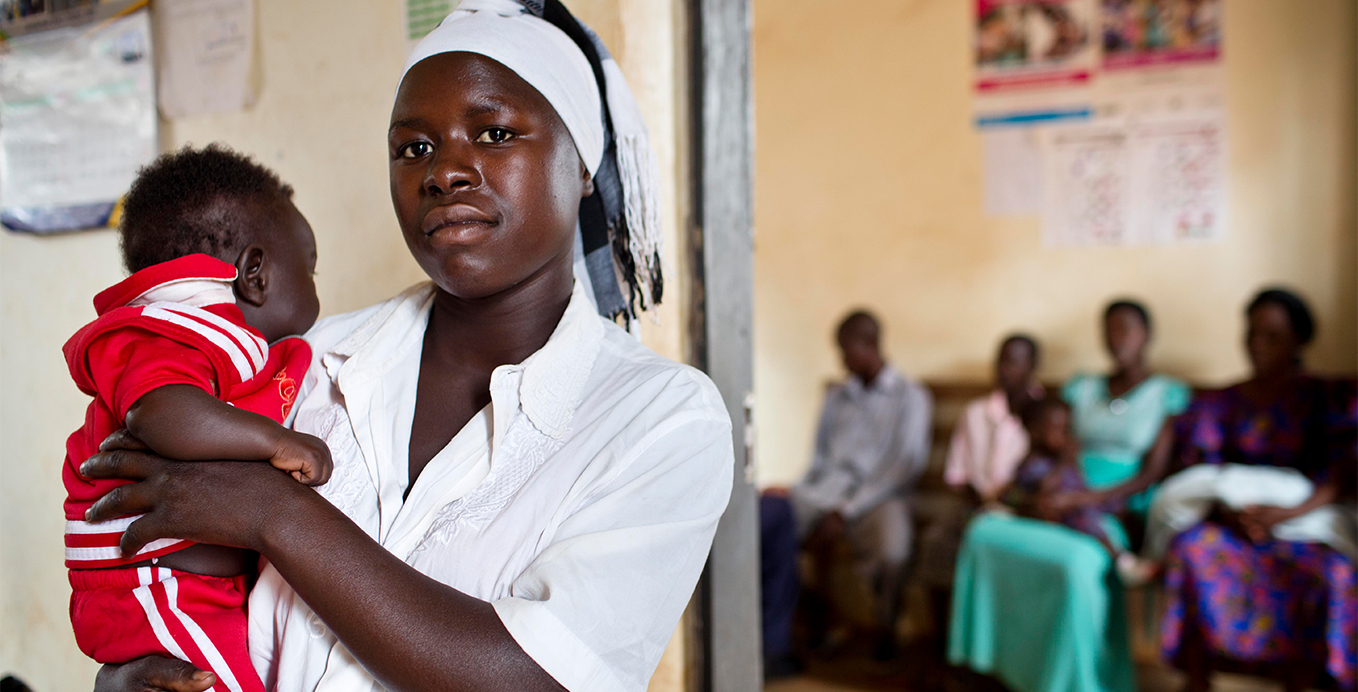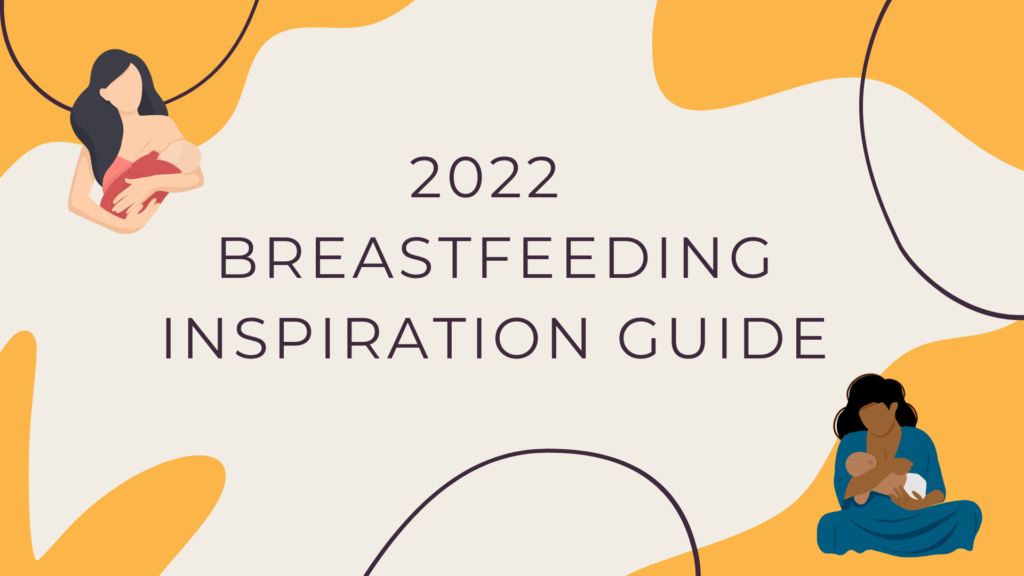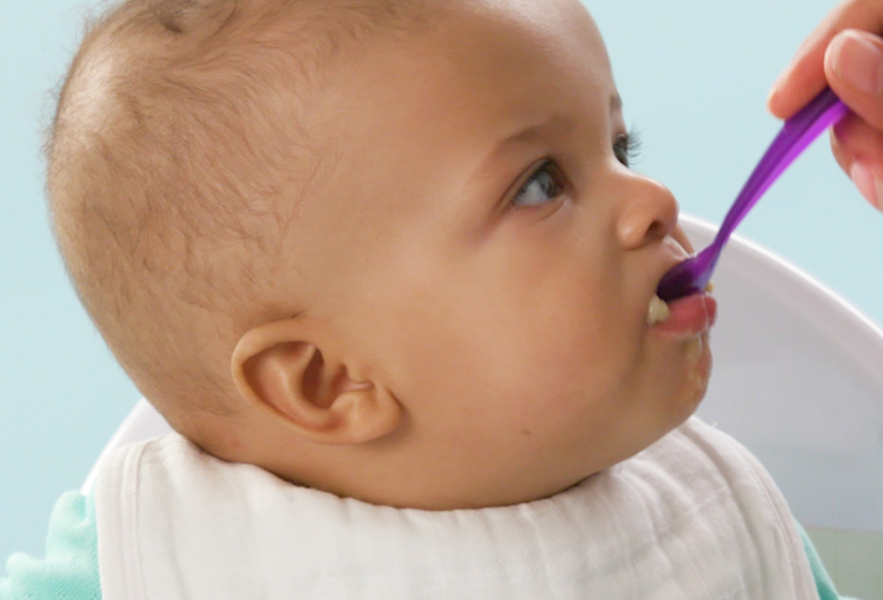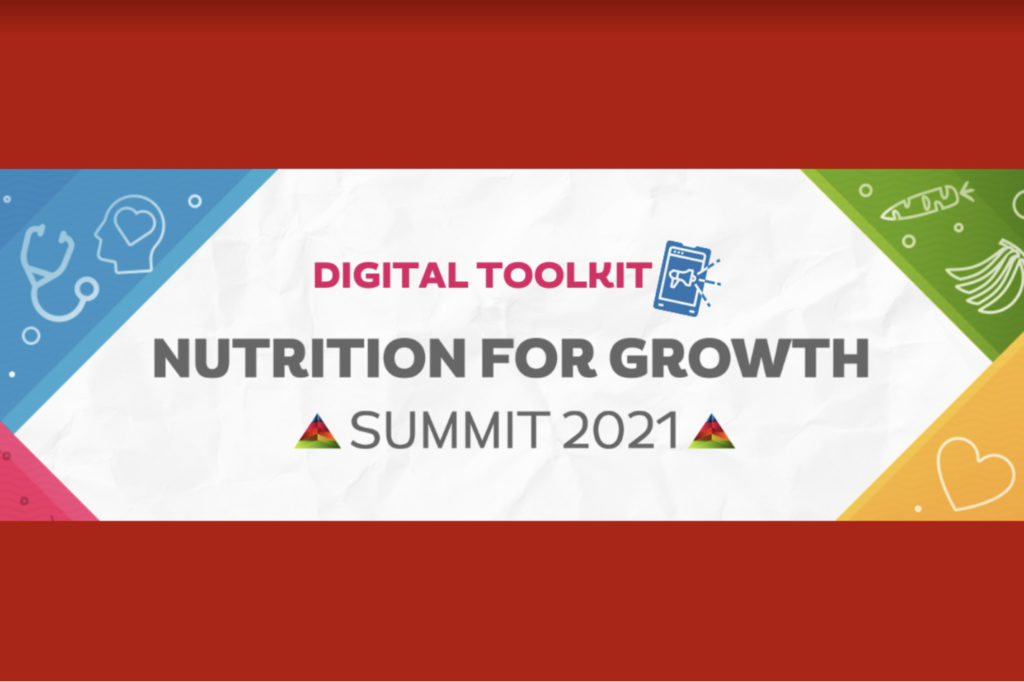Building Prosperity
A brighter future begins with investing in the first 1,000 days.
The path to greater prosperity starts in a child’s first 1,000 days. This is because investing in the well-being of mothers, babies and toddlers pays off big, now and into the future. In the short-term, it means more women and children survive and thrive. Longer term, it provides the foundation for children to develop to their full potential, setting them up for later success in school and in the workforce, and to live a healthy life, reducing their predispositions to obesity and other illnesses as adults.
Ensuring pregnant people, mothers and children have a healthy first 1,000 days also benefits societies. Leading economists agree that investing in a child’s earliest years is one of the smartest things a country can do to combat poverty and create the human capital needed for economies to diversify and grow. Research shows it can lead to healthier societies, a more globally competitive workforce, lower healthcare costs, stronger economic growth and greater equality of opportunity.
The costs of missing the 1,000-day window of opportunity are high. Children who are stunted as a result of chronic malnutrition are less likely to escape poverty, earning less in wages as adults. Experts estimate that maternal and child malnutrition costs the global economy billions each year in lower economic productivity and higher healthcare costs and that low- and middle-income countries can lose as much as 10% of their GDP as a result of maternal and child malnutrition.

Photo credit: USAID
45%
of all deaths of children under the age of 5 due to malnutrition.
<1%
of official development assistance directed to nutrition programs.
$35
return for every $1 invested in improving the nutrition of mothers and children.
45%
of all deaths of children under the age of 5 due to malnutrition.
<1%
of official development assistance directed to nutrition programs.
$35
return for every $1 invested in improving the nutrition of mothers and children.
Photo credit: USAID



